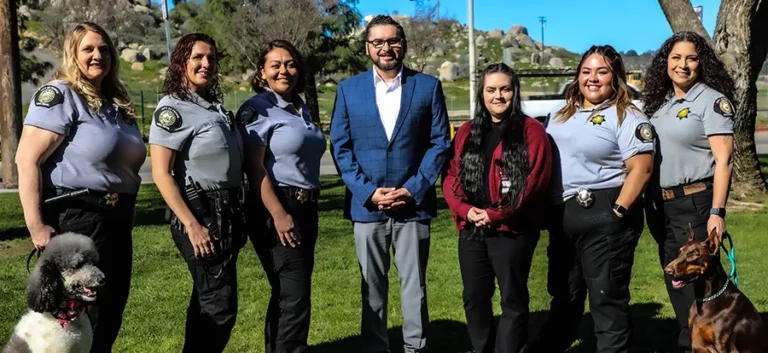Exploring the Top 10 Worst Prisons in Florida
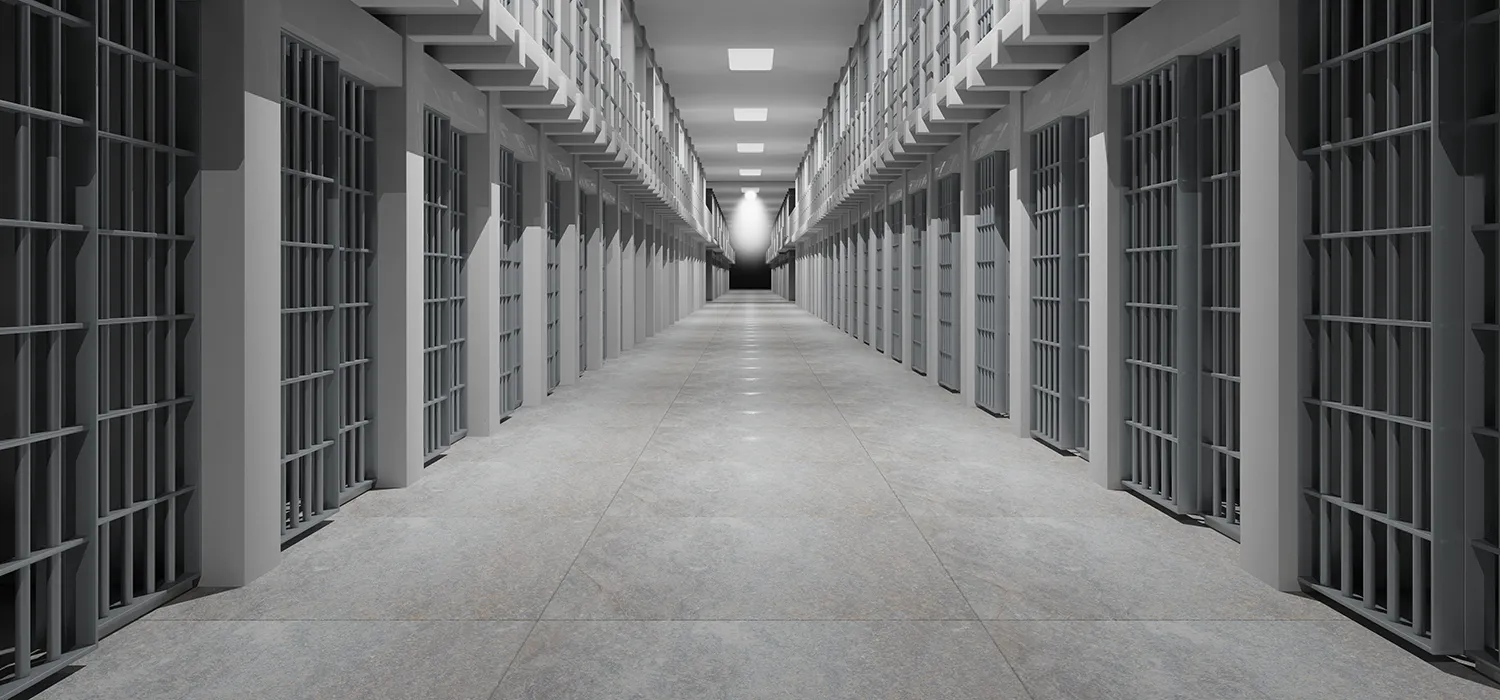
Introduction:
Top 10 Worst Prisons in Florida: Florida, like any state, houses a network of correctional facilities meant to rehabilitate and incarcerate individuals who have run afoul of the law. However, not all prisons are created equal, and some have gained notoriety for their harsh conditions, controversies, and alarming inmate experiences. In this exploration, we’ll delve into the top 10 worst prisons in Florida, shedding light on the challenges faced by inmates within these institutions.
1. Lowell Correctional Institution: A Troubled Past:
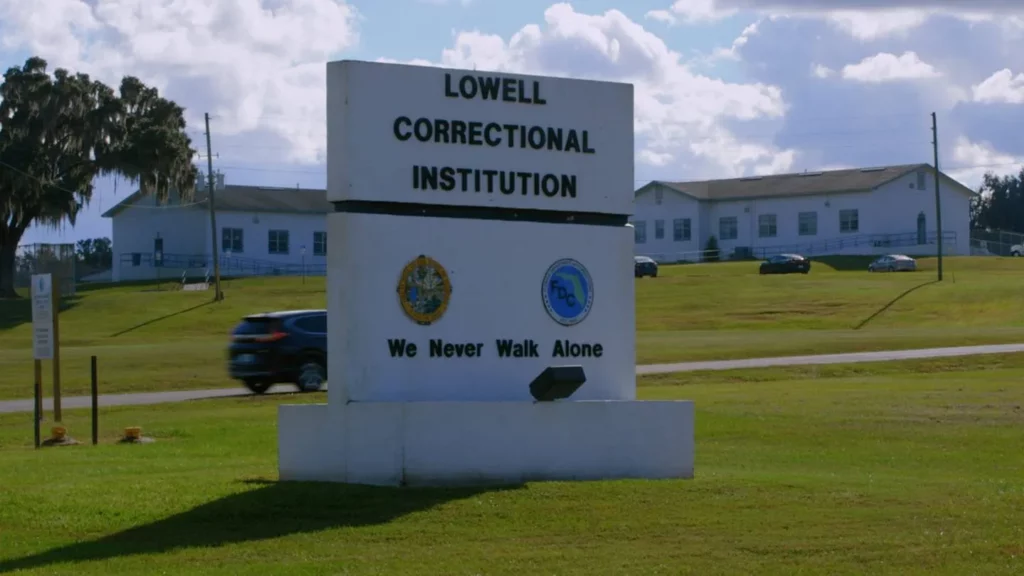
Lowell Correctional Institution has faced significant scrutiny for its treatment of female inmates. Reports of abuse, neglect, and inadequate healthcare have plagued the facility, raising concerns about the well-being of those incarcerated within its walls.
2. Dade Correctional Institution: The Harsh Reality:

Dade Correctional Institution gained infamy following the death of Darren Rainey, an inmate who died under suspicious circumstances after being subjected to scalding hot water as a form of punishment. The incident shed light on the systemic issues within the facility, prompting calls for reform.
3. Apalachee Correctional Institution: A History of Violence:
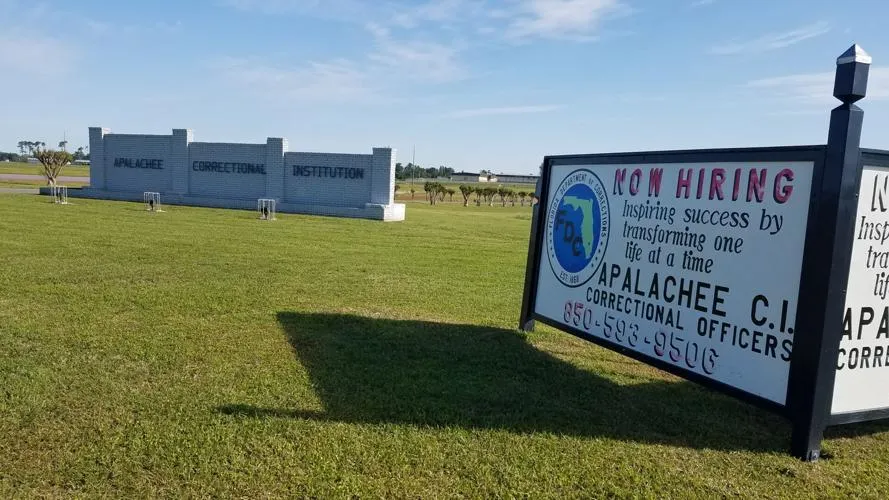
Apalachee Correctional Institution has a troubled history marked by incidents of violence among inmates and allegations of staff misconduct. Overcrowding and insufficient resources contribute to an environment that has proven challenging for both inmates and correctional staff.
4. Union Correctional Institution: A Struggle for Reform:

Union Correctional Institution faces ongoing challenges related to violence, understaffing, and a lack of rehabilitation programs. Despite efforts to implement reforms, the institution remains on the list of Florida’s worst prisons, with concerns about inmate safety persisting.
5. Santa Rosa Correctional Institution: Mental Health Struggles:

Santa Rosa Correctional Institution has faced criticism for its handling of inmates with mental health issues. Reports of inadequate mental health care, high rates of suicide, and a lack of proper facilities for those requiring psychiatric treatment contribute to the institution’s inclusion on this list.
6. Charlotte Correctional Institution: Overcrowding and Limited Resources:
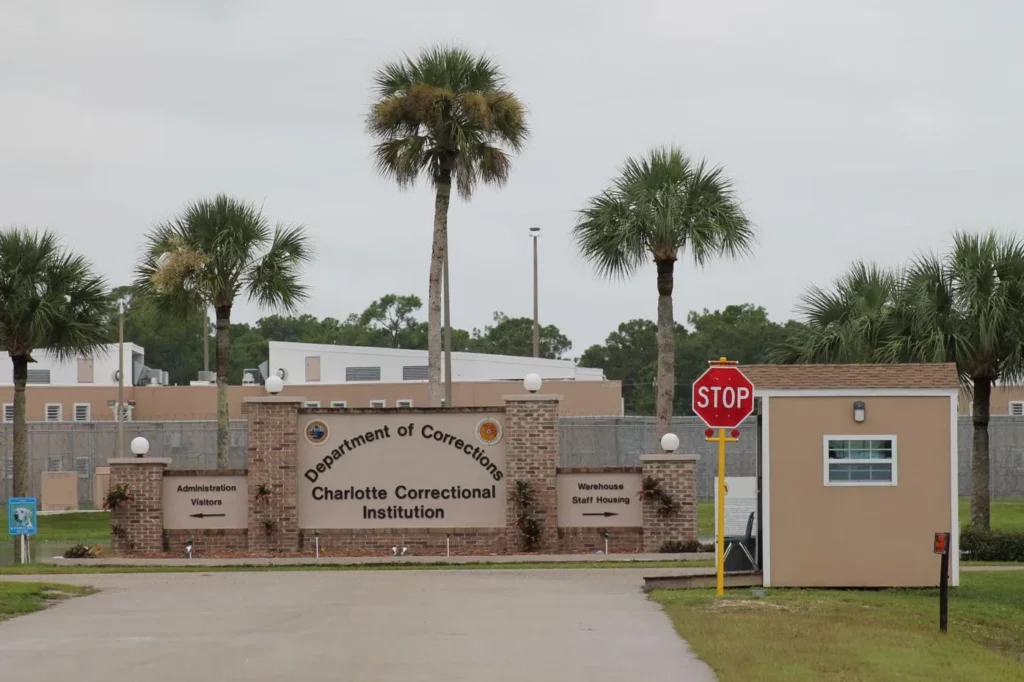
Charlotte Correctional Institution struggles with issues of overcrowding, leading to heightened tensions among inmates. Limited resources and a lack of rehabilitative programs further exacerbate the challenges faced by those within the facility.
7. Columbia Correctional Institution: High Rates of Violence:
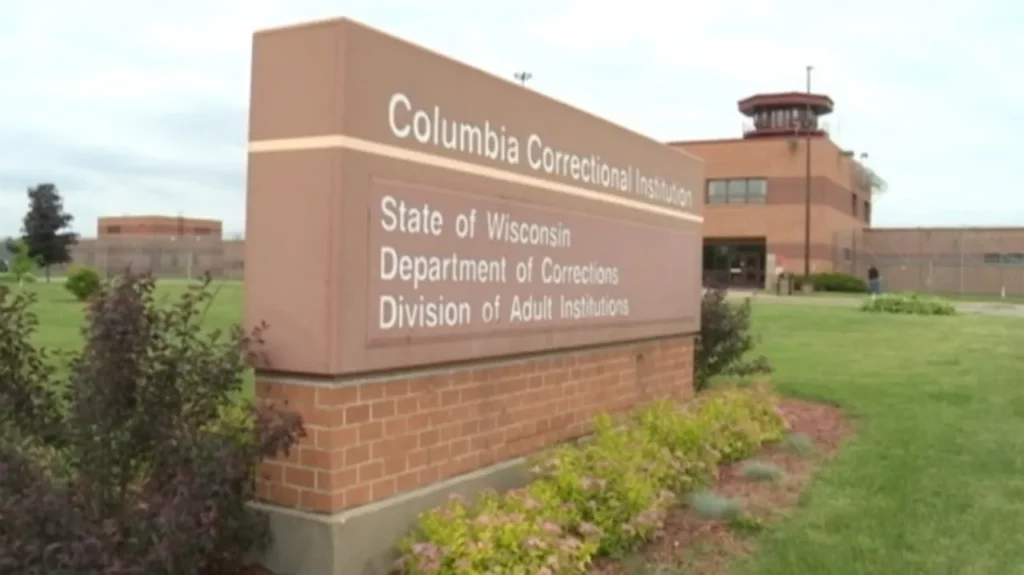
Columbia Correctional Institution has a history of high rates of violence among inmates. Gang-related incidents and a lack of effective intervention strategies contribute to a dangerous environment within the prison walls.
8. Northwest Florida Reception Center: Inadequate Living Conditions:
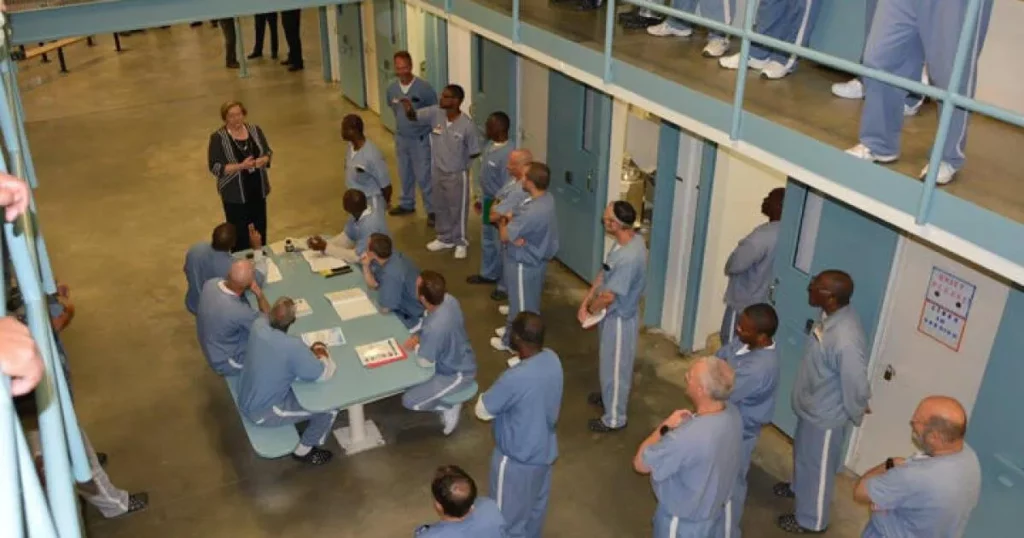
The Northwest Florida Reception Center faces criticism for its inadequate living conditions, including reports of unsanitary facilities and substandard food quality. These factors, combined with a lack of educational and vocational programs, contribute to a challenging environment for inmates.
9. Everglades Correctional Institution: Inadequate Healthcare Concerns:

Everglades Correctional Institution has been the subject of complaints regarding inadequate healthcare for inmates. Issues such as delayed medical treatment and a lack of essential medications contribute to the challenges faced by those incarcerated in this facility.
10. Graceville Correctional Facility: Privatization Challenges:

A private company operates Graceville Correctional Facility, and such privatization has brought its own set of challenges. Concerns include cost-cutting measures that impact the quality of services provided to inmates, leading to questions about the ethics and efficacy of privately-run correctional institutions.
Conclusion:
The state of Florida, like many others, grapples with challenges within its correctional system. The top 10 worst prisons outlined here shed light on the systemic issues facing the state, including concerns about inmate safety, inadequate healthcare, overcrowding, and violence. Addressing these issues requires a comprehensive approach involving policymakers, correctional authorities, and the public to advocate for reform, transparency, and humane treatment within the prison system. Only through collective efforts can Florida move towards a correctional system that prioritizes rehabilitation, fairness, and the protection of human rights for all individuals, regardless of their circumstances.
Frequently Asked Questions (FAQs) about the Top 10 Worst Prisons in Florida:
- What criteria were used to determine the top 10 worst prisons in Florida? The selection is based on a combination of factors, including reports of violence, inadequate living conditions, healthcare concerns, staff misconduct, and overall controversies associated with each correctional facility.
- Are these rankings subject to change? Yes, rankings can change over time based on reforms, improvements, or worsening conditions within the prisons. Ongoing evaluations and investigations contribute to the evolving understanding of the challenges faced by inmates in Florida’s correctional system.
- What steps are being taken to address issues within these prisons? Addressing the issues within these prisons requires a multifaceted approach involving policymakers, prison authorities, advocacy groups, and the public. Reforms may include increased transparency, investments in rehabilitation programs, improvements in staff training, and addressing systemic issues contributing to the challenges.
- How are inmate rights protected within these prisons? The protection of inmate rights is a fundamental aspect of prison management. Adequate access to legal resources, humane living conditions, healthcare, and protection from abuse are essential components. Advocacy groups and legal oversight play a crucial role in ensuring these rights are upheld.
- What role does overcrowding play in the challenges faced by these prisons? Overcrowding is a significant contributing factor to the challenges within these prisons. It leads to increased tensions among inmates, compromised living conditions, difficulties in maintaining order, and a strain on resources. Efforts to address overcrowding are integral to improving the overall environment.
- How does the privatization of prisons impact inmate experiences? Privatization introduces profit-driven motives into the correctional system, potentially impacting the quality of services provided to inmates. Concerns about cost-cutting measures, inadequate resources, and a focus on profit over rehabilitation contribute to controversies in privately run prisons.
- What can be done to improve mental health support for inmates in these prisons? Improving mental health support involves increasing access to mental health services, ensuring proper diagnosis and treatment, and addressing the stigma associated with mental health issues. Collaborative efforts between correctional authorities and mental health professionals are crucial.
- Are there ongoing investigations into the issues within these prisons? Ongoing investigations, both internal and external, are common when issues within prisons arise. Government agencies, watchdog groups, and legal entities may conduct investigations to uncover problems, hold responsible parties accountable, and push for necessary reforms.
- How can the public advocate for prison reform in Florida? Public advocacy involves staying informed about prison issues, supporting organizations working towards reform, engaging with policymakers, and raising awareness about the need for improvements. The collective voice of the public is a powerful force in advocating for positive changes in the correctional system.
- What role do educational and vocational programs play in inmate rehabilitation? Educational and vocational programs are vital for inmate rehabilitation. They provide opportunities for skill development, academic growth, and personal improvement, enhancing the prospects of successful reintegration into society and reducing the likelihood of recidivism.
If you want to know about the Top 5 Animal Control Services In Bronx, NY, please click on the link.

